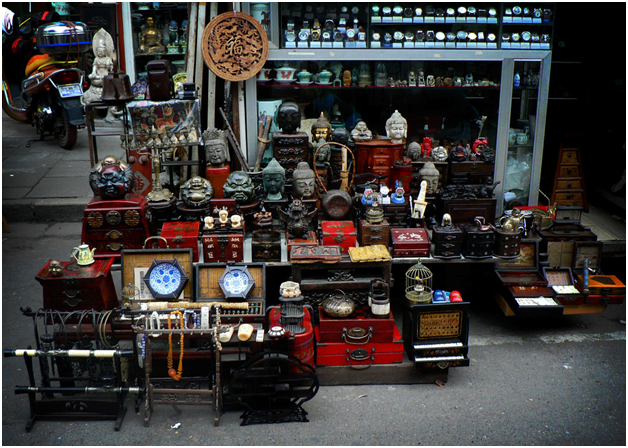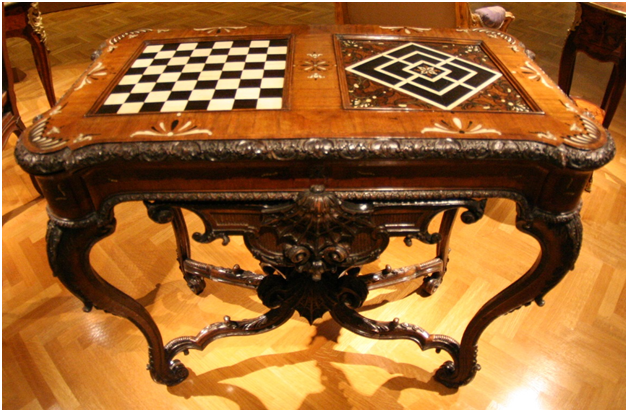Tips for distinguishing genuine antiques from reproductions
Antiques are always sought-after as aspirational items to display in your home; however, there are so many antique shops and pieces of furniture on offer that it can be difficult to be sure that items are genuine before paying substantial amounts of money for them. Here are some tips on things to look out for when buying antiques to make sure you are not being duped.

Signs of age
If something is genuinely old, there will be evidence; unless the item been sitting untouched in a hermetically-sealed room, there will be indication of wear and tear. You may find marks and chips in furniture, and the surfaces will be uneven rather than smooth like today’s furniture due to manufacturing techniques. You may even see a wormhole or the dreaded black mark where water has damaged the piece. If it is perfect, it is probably too good to be true.
There are other signs of deterioration that make it more likely the item is antique. If the seams and boards are starting to separate, the product may be old. If the individual parts do not look identical in colour and composition, such as drawers and shelves, the likelihood is that the furniture did not come from a production line.

Watch out for attempts to hoodwink you. If there are faults on the piece at regular intervals, they are likely to be an attempt to look aged. Faults do not occur in a nice, regular fashion in antiques, so don’t fall for this trick.
Other things to look out for
Do the drawers appear to have been opened thousands of times? Are there signs of dovetail joints? Only modern machinery can create perfect joints, supported by computer-aided design programmes. What are the screws like? If they are too rounded, they might be new; alternatively, they may be replacements added later. The presence of square screws would indicate age.
If in doubt, don’t buy the item. You can create a gorgeous home with beautiful modern furniture, such as fitted wardrobes in Dorset from specialists such as https://www.lamco-design.co.uk/.
Look for interest groups in your area for help in identifying genuine articles. These can be a wealth of knowledge.
If an item turns out to be a genuine antique, treasure the piece of history you have in your home!


